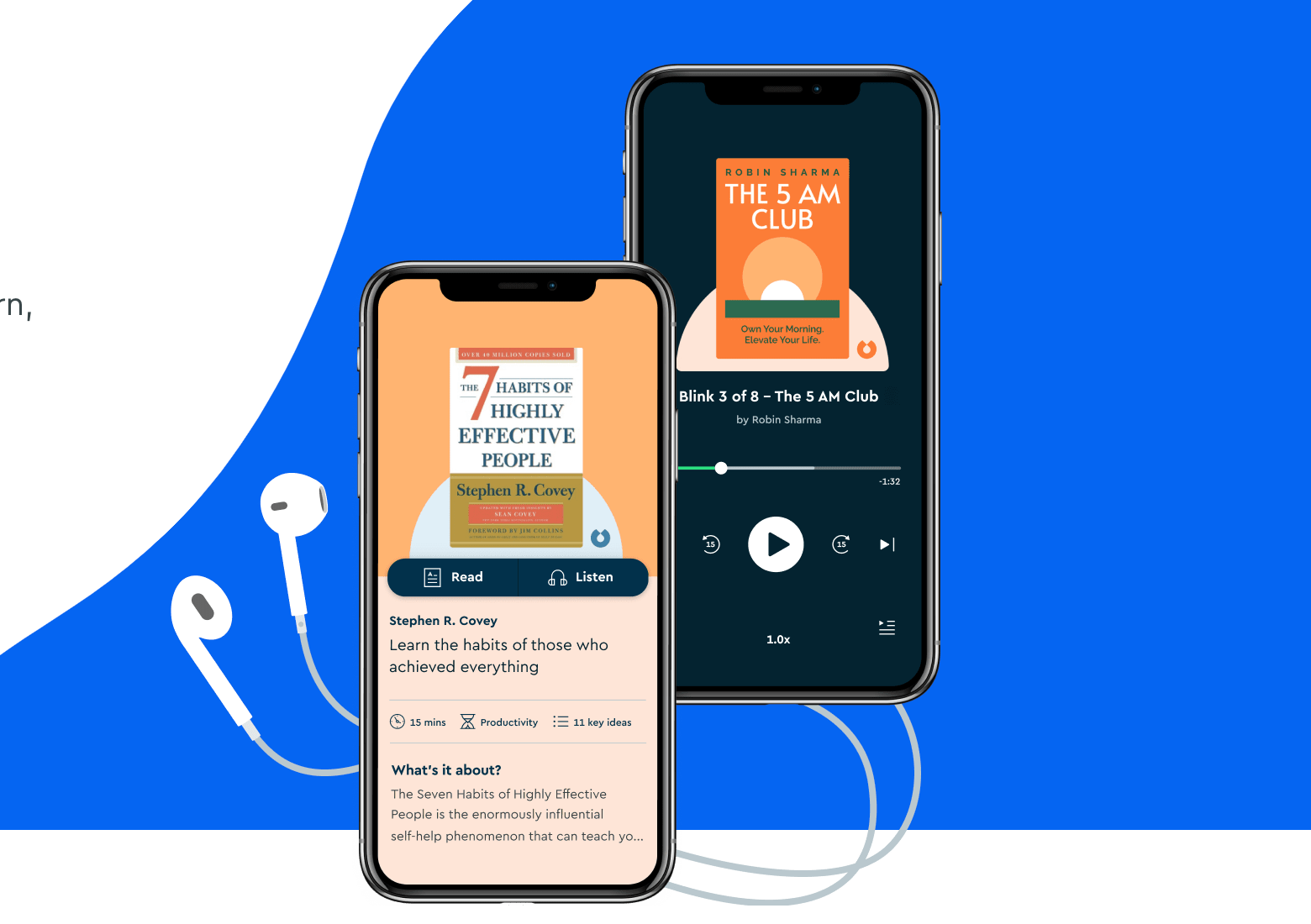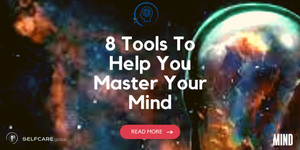"We become what we think." - Buddha
The Daily Battle in Your Beautiful Brain
Every morning when you wake up, a battle begins - one you might not even realize you're fighting. Your mind, with its incredible power, is engaged in a constant tug-of-war between the 3:1 negative bias wired into your survival instincts and the voice of possibility that reminds you anything is possible.
I discovered this firsthand after treating over 10,000 patients before experiencing burnout myself. What I learned transformed how I understand the mind's role in our wellbeing.
Every action begins with a feeling and a thought - a chemical reaction in your brain. It's a continuous energy exchange that connects with our external environment. However, the collective unconsciousness often proves stronger than our personal ability to make conscious choices.
So much potential never sees daylight because of the mental blockages we develop. These 8 tools can help you move from below-the-line thoughts to above-the-line thinking every day.
The 3 Major Challenges We're Here to Solve Together
- The Radio Station Problem: Which frequency are you tuning into each day? The high vibration channel or the low vibration channel?
- The Autopilot Mind: Many actions and decisions occur without conscious thought - these are constraints we must break free from.
- The Negative Bias Trap: Our brain is wired to seek threat over safety at a 3:1 ratio, keeping us stuck in fear, guilt, shame, and other low-vibration states.
Would you like to explore these challenges with others on the same journey? Join our supportive community at where transformation happens naturally.
The SelfCare Framework: Learn-Do-Embody-Teach
1. LEARN: Thoughts Are Energy
Our mind can achieve brilliance but it can also hold us back. Daily we fight an internal war between our 3:1 negative bias seeking safety and our inner voice reminding us that anything is possible.
In David R. Hawkins' book "Power vs. Force," he presents a hierarchy of consciousness levels. Although we fluctuate between different levels, we usually have a predominant "baseline" state.
What's your baseline? Are you living above or below the line in your thinking?

Imagine you control your own "frequency" radio station. Which channel are you tuning into? Each day we connect through our senses to different inputs - podcasts, videos, social media, and the people around us.
Consider what you energetically tune into. Does it uplift you or lower your vibration?
2. DO: Apply Antidotes to Break Free from Low-Vibration States
- The antidote for FEAR is 10 seconds of COURAGE
- The antidote for GUILT is an APOLOGY
- The antidote for SHAME is VULNERABILITY & HONESTY
- The antidote for DESIRE is GRATITUDE for what you already have
- The antidote for ANGER is LOVE
- The antidote for GRIEF is ACCEPTANCE
- The antidote for APATHY is EMPATHY and COMPASSION
What action could you take today to address a feeling or thought loop that has dominated your mind? Would you be willing to have just 10 seconds of courage? Would you put your pride aside to apologize for something your younger self did?
3. EMBODY: 8 Tools to Move Above the Line
1. The 6 Phase Meditation by Vishen Lakhiani
This 20-minute meditation expanded my mind beyond immediate concerns when I practiced it daily in my mid-20s.
2. Script Your Future Vision
TRUE NORTH - Create a positive 12-month vision for your life. Be the author, director, and character in your own story.
From age 25, I've scripted my 12-month future vision annually. At year-end, I review progress: green highlights what manifested, orange what's in progress, and red what hasn't manifested yet.

After 8 years, I can highlight 80% in green each year. The SelfCare book and platform began as a simple drawing. We overestimate what we can achieve in a year but vastly underestimate what's possible in 5-9 years!
3. Start a Gratitude Journal
Could you easily name what you're grateful for right now? Reflecting on gratitude leads to a happier life. All it takes is a few momens and a journal to record your thoughts.
Here are some prompts to help you get started

4. Practice Affirmations
Affirmations are short, powerful sentences that motivate and inspire action. When repeated often, they imprint on your subconscious mind, changing habits and behaviors.
The word "affirm" means to state something as true. When you affirm something as if it has already happened, the universe conspires in your favor.
5. Explore Trauma Healing
Trauma impacts how we see ourselves and the world. As Gabor Maté says, "Trauma is not what happens to you. Trauma is what happens inside of you as a result of what happens to you."
Childhood trauma can create adults with sensitized nervous systems, always on guard for threats.
6. Embrace Change with the Tao Te Ching
Wayne Dyer's reading with binaural beats creates a powerful sound therapy experience that helps integrate change philosophies into your mindset.
7. Take Action to Negate Negative Emotions
Live your ideal day now. Have 10 seconds of courage to move toward what continuously appears in your mind.
Our brains have an inbuilt 3:1 negative bias, seeking threats over safety. The solution? Turn off fear-based media and create new positive experiences that outnumber negative ones.
For example, if you fail at surfing the first time, most people quit. But if you try again with the right board, conditions, and guidance, you'll catch those waves and feel the joy you knew was possible. Five positive experiences can override one negative one.
Embrace failure as part of learning. Transform "traumatic" experiences into growth opportunities.
8. Learn Something New with Blinkist
Access ideas from thousands of nonfiction books and podcasts. When I realized my thoughts weren't unique, I found that others had already solved similar challenges.

Each morning while journaling, I ask: What challenge am I facing? What's the solution? Who might know how to solve it? Then I search for answers, finding puzzle pieces that guide me forward.
4. TEACH: Share Your Transformation Journey
Our thoughts change both our external reality and internal biology, even affecting gene expression. Notice your thoughts' frequency and energy, then add practices that move you above the line.
Ask better questions like "what's the opportunity in this chaos?" instead of "why is this happening to me?"
Remember that feeling is healing. Our unconscious mind drives many actions through emotions. Feel more, suppress less, and express yourself. As you uncover deeper patterns and bring them to light, find mentors and communities that help you create meaning.
Even pain can drive purpose. All feelings are valid, but we can shift energy at any moment. Sometimes simply moving in nature can reset your perspective.
Your Next Step: From Mental Fatigue to Mindful Mastery
Choose ONE tool and integrate it into your day. Master your morning routine by doing ONE thing for your mind for at least 20 minutes. This could be listening to a podcast while walking your dog or driving to work.
Try this habit for 7 days, then 30, then 16 weeks. The power is in repetition. Master your mind and you'll master your life, amazed as you consciously transform thoughts into reality.
For the complete mind-mastery system, grab my Amazon bestseller "Lifestyle Medicine For the People". Join our community at to connect with others on this journey.
Key Research References
Level 1 evidence - Systematic reviews
- Studies on binaural beats and cognitive function
- Research on positive psychology interventions
- Meta-analyses on neuroplasticity and thought patterns
Level 5 evidence - Accredited Health Experts cited
- David R. Hawkins, MD, PhD - "Power vs. Force" author
- Gabor Maté, MD - Trauma expert
- Deepak Chopra, MD - Mind-body medicine pioneer
- Wayne Dyer, PhD - Self-development author
- Vishen Lakhiani - Mindvalley founder
Other
- Buddha's mindfulness teachings
- Tao Te Ching principles
- High On Life Crew methodologies
- Blinkist learning platform
REFERENCES
This is directly referenced from the Amazon best-selling SelfCare Book "Lifestyle Medicine For the People" by Rory Callaghan. If you would like to read more content like this, grab the free online chapters of the book or a hard copy.
We have done our best to reference everyone's expert opinions, peer-reviewed science, and original thoughts, all references available here and referenced in the text.
We also understand that most thoughts are not our own and there is a collective unconsciousness, unconsciousness, and universal mind stream of energy that is always at work
This article is for informational purposes only and should not replace professional medical advice.




